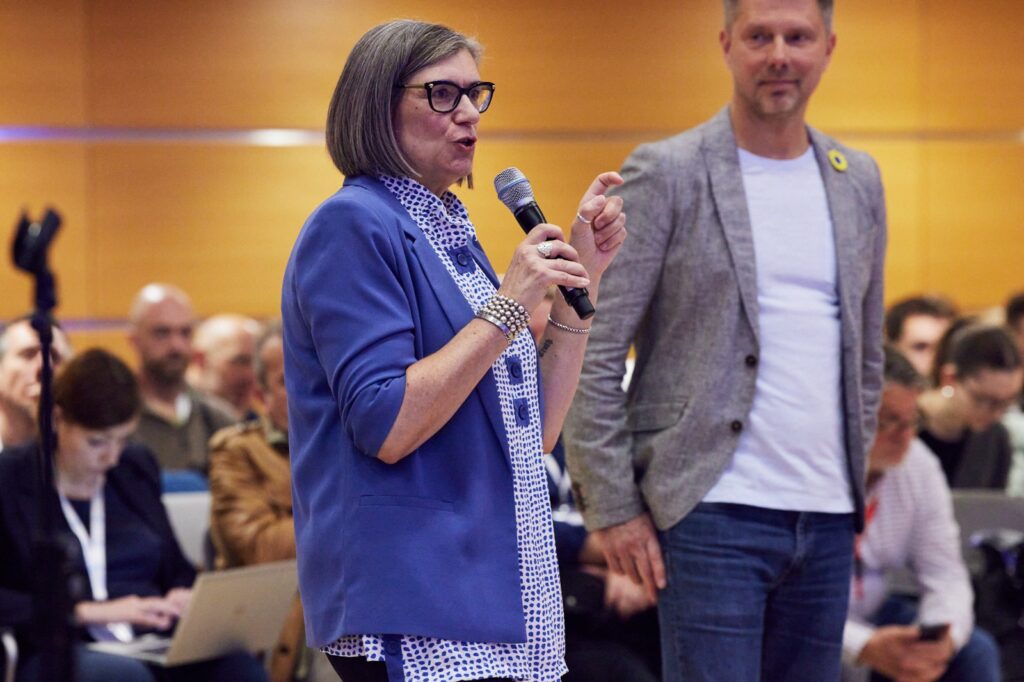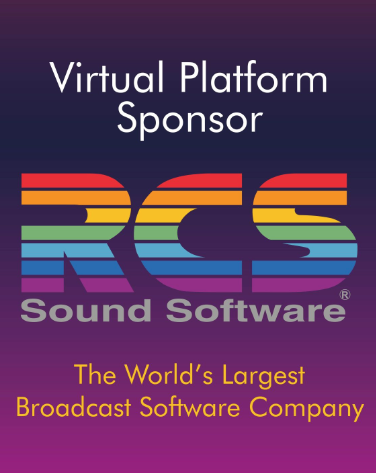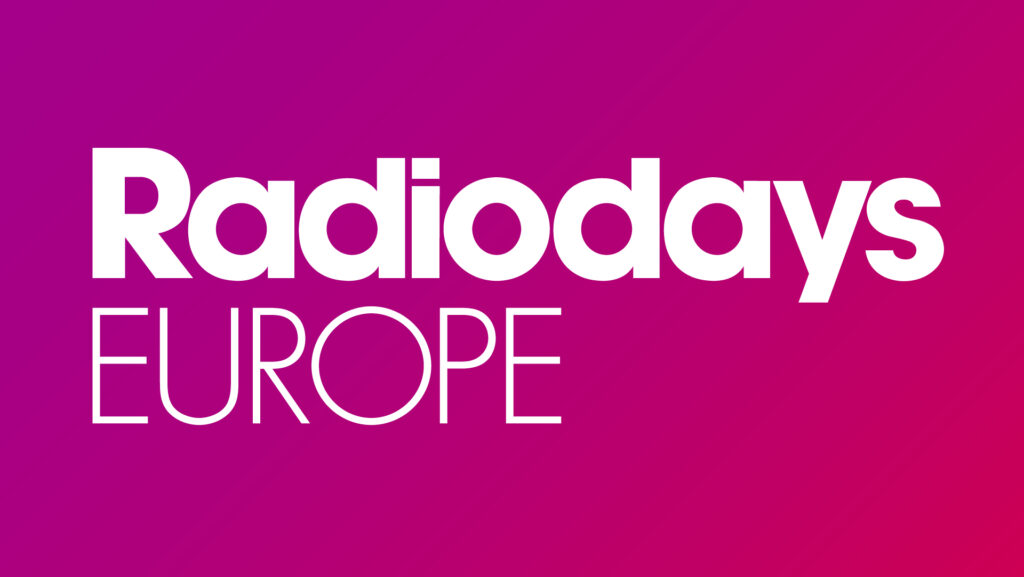How do you scale up on audio reach and produce smarter? The host, Sam Bonham, posed the leading question: “How are you combining new tech with old tech without spending too much money?”
Andrew Davies from ABC shares some tips on establishing podcast-making into already existing broadcast-company structures. To start off making podcasts, the Australian Broadcasting Company conversed with every single team, answering the question: “how does their show fit in the podcast landscape?” Davies’ tip for successful implementation of new strategies in existing structures is: “work with people that want to work with you rather than drag people into this process”.
Camille Bondeville, the co-founder of Sound and Pepper, shares two secrets for smarter production: First of all, media companies are also tech-companies. When it comes to production, it is worth putting in the same effort in media as in tech. Secondly, diversity is key: it is crucial to be accessible, to make the entry of new talents easier. This is why Sound and Pepper integrates existing technology into google docs, to allow a more diverse set of users ener the audio-space.
The Lithuanian public broadcaster LRT represented by Giedrius Masalskis uses visual radio as a strategy to reach new audiences. “We are not trying to be a television”, but adding visuals presents an attractive supplement to audio. Despite initial skepticism, the visuals are now reused on the website, for reels and for youtube, and can be found on regular tv. It seems to work: when the streaming malfunctioned one time, people started complaining.
Frizz Lauterbach from BR shows to ways to scale up on audience reach. With the “Integrated Value Chain”- concept, already existing content gets enriched and enhanced. By “Harvesting Content” community content gets included, inspired by direct interactions with the audience, for example with social media comments or DMs. This principle saves money and contributes to a closer relationship between the broadcaster and the community.
The Canadian Broadcasting Company, CBC, runs over a hundred radio programes every week. Alison Broddle reports about the struggle of deciding on which of these shows would make a good podcast. According to her, “the first question must be: what does the podcast audience want?”



